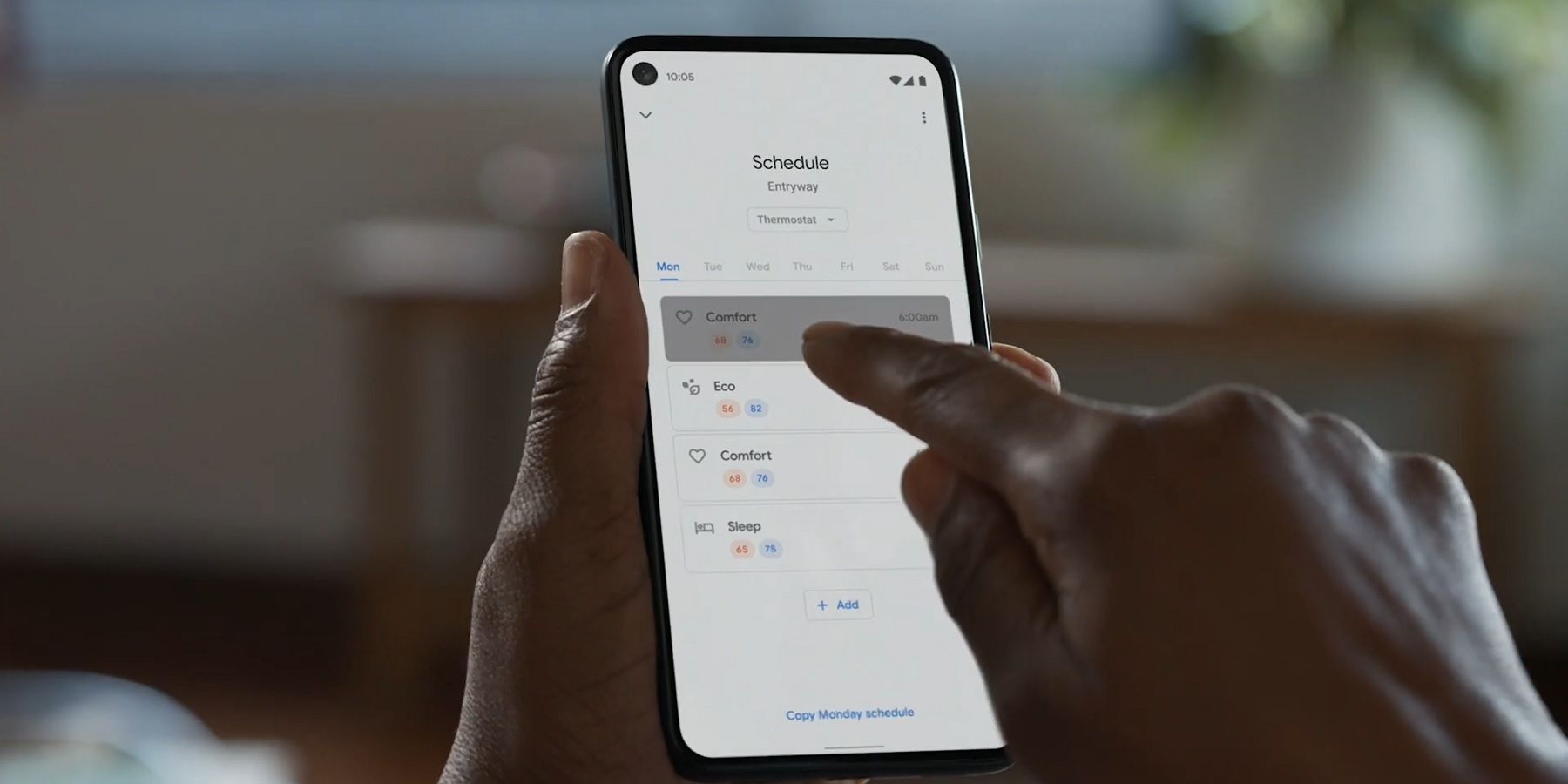
Google has begun rolling out a new feature to its Home app that detects when a user is at home or away. It's the continuation of a process that Google announced back in July of this year and the goal is to make it easier for the modern smart home to automate itself.
Home and Away settings have already been an established feature on several smart home devices, including Google products like the Nest Thermostat. Users could create schedules for when they would typically be away from the house or at home during a regular week. Based on that schedule, products like the Nest Thermostat would set the temperature to pre-specified numbers. Now, that same concept is coming to the Google Home app.
Google Home app users users will now be able to use presence sensing to automatically enable Home or Away routines when everyone leaves the house, or when someone arrives at home. Through presence sensing, which is an opt-in feature, the Google Home App relies on a user's phone location to help determine whether they're at home or away, and communicates this to the rest of a smart home setup to react accordingly. The new feature is only available to those who have Nest devices and services connected to a Google Account, and the specifics of Home and Away routines can be set in the Home app or in the Nest app. Users can also manually set their homes to either Home or Away mode through both apps.

Currently, there are several different products eligible to be part of the Home and Away Routines feature that's powered by presence sensing. Nest thermostats and Nest cameras are the main products, but numerous smart lights, smart plugs, and smart switches can all be incorporated into a routine, if they're on the same Wi-Fi network. Essentially, as soon as presence sensing determines a user has left the home, these routines can enable such things as setting the temperature to a certain degree, turning off the lights around the house, or powering down specific electronics connected to smart plugs or switches. When presence sensing realizes a person has returned, the thermostat will warm or cool to a preset number, with the correct lights and electronics coming back to life as well.
By using presence sensing, these smart home devices no longer have to rely on a fixed schedule. They can work far more fluidly with a person's lifestyle, rather than be commanded to turn off or on at strict times during the day. By utilizing location, which can be set for specific devices, these smart home products will be able to more accurately respond by only using these routines when someone is truly home or away.
It's not perfect, of course, and there will likely be scenarios or situations where this presence sensing technology does not work exactly as intended. However, with Google rolling out this new technology, the smart home seems to be getting that much closer to a self-sufficient system. For many, the ultimate goal is to have an intelligent modern home that works seamlessly with their lifestyle and features like what Google has now added are an important step towards that goal.
Source: Google
https://ift.tt/2J4xxJJ
October 25, 2020 at 04:57AM




